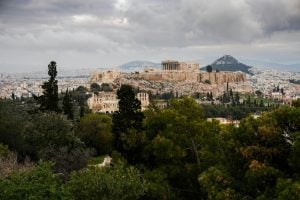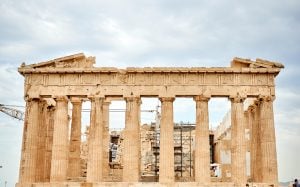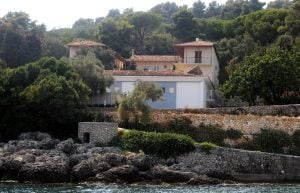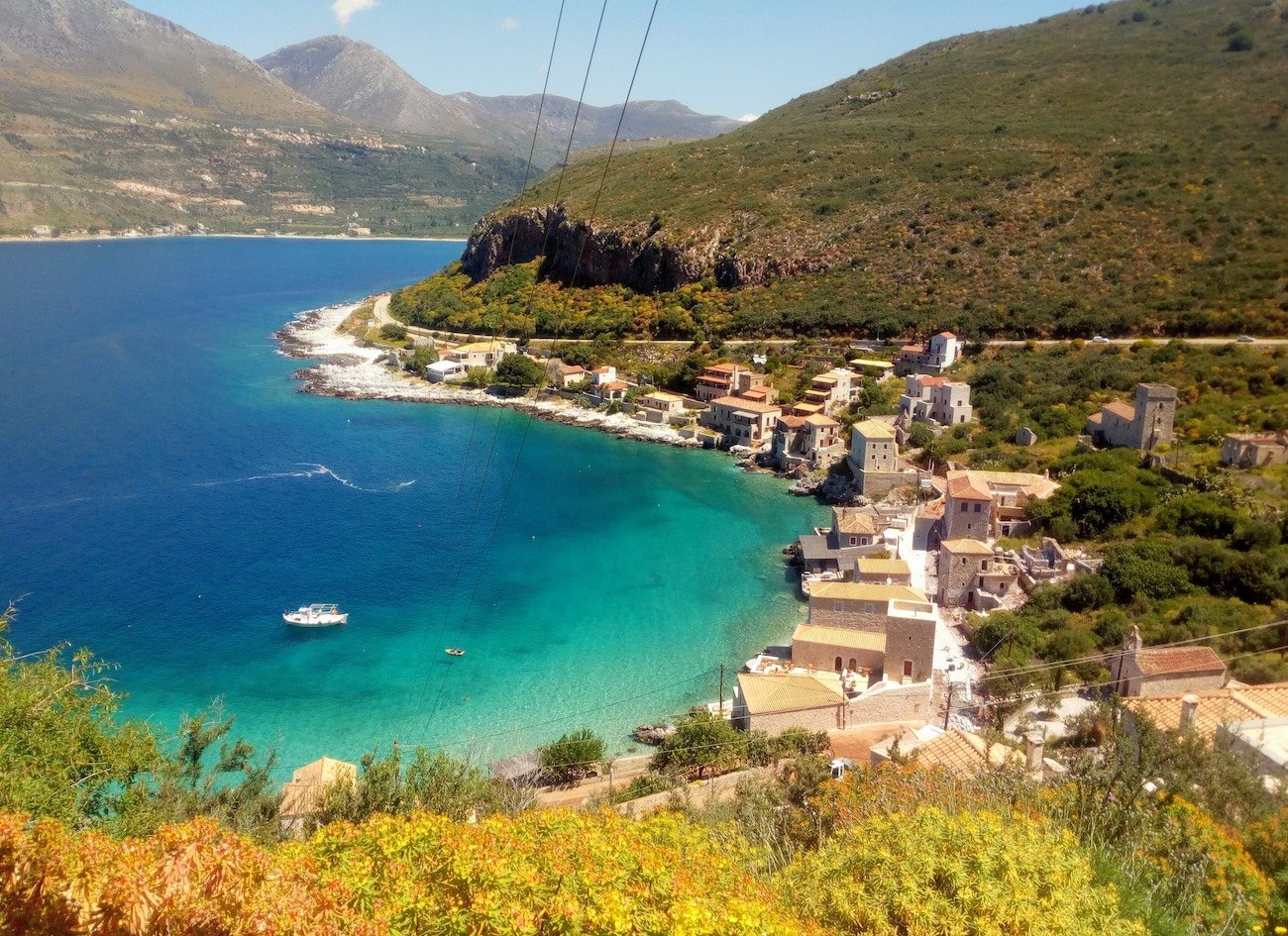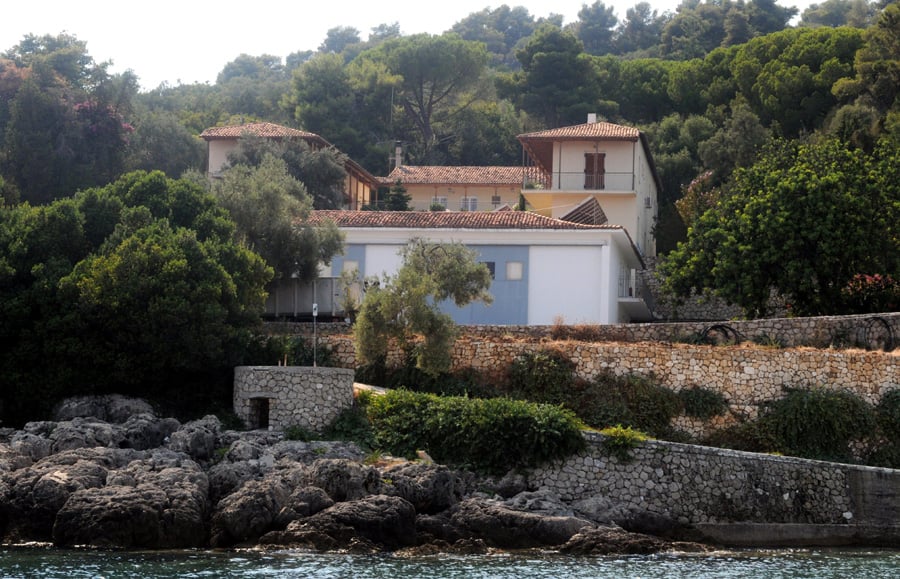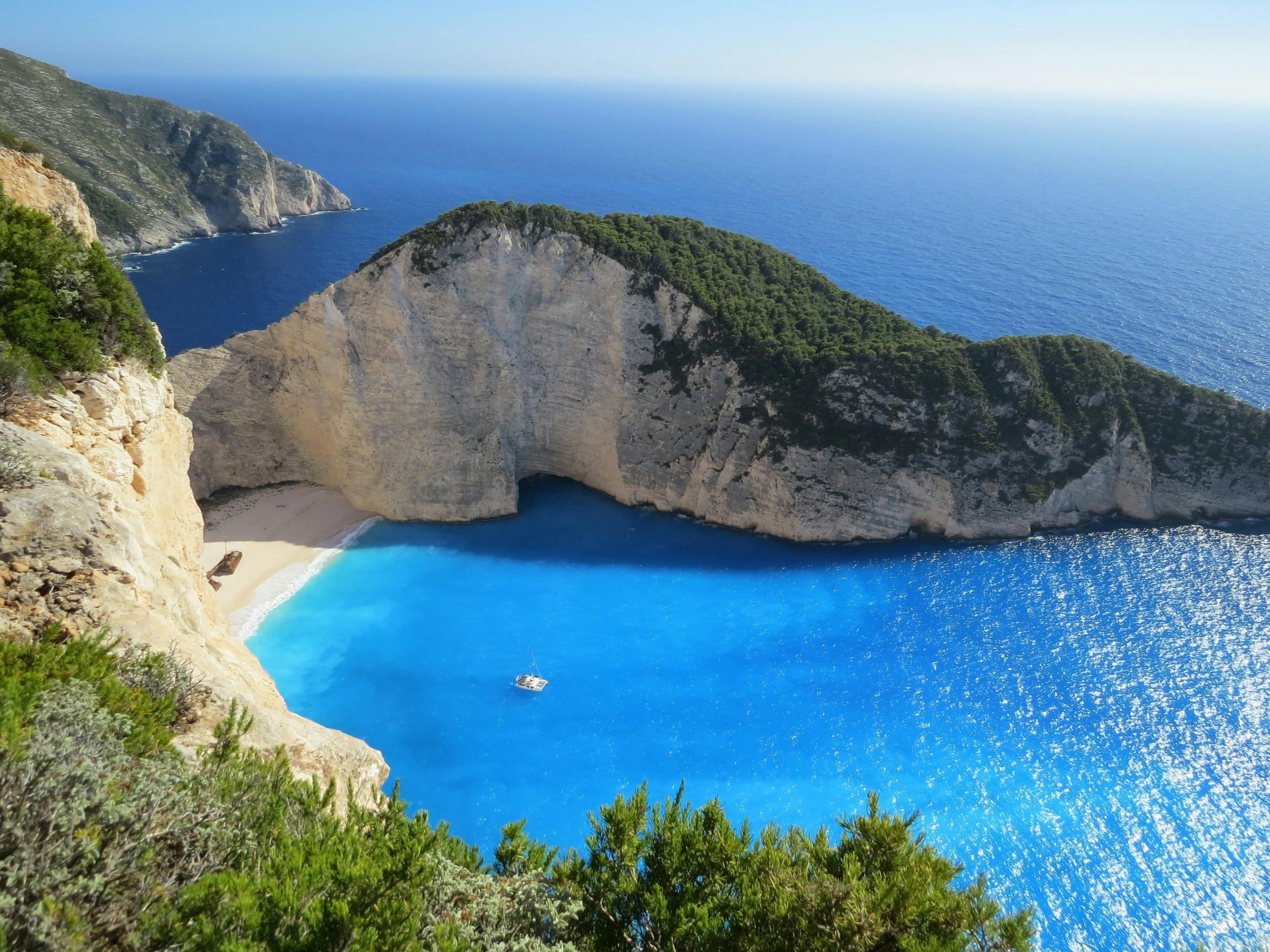Le Acropole, Greece’s most famous and historically important landmark, has experienced a remarkable change. For the first time in about 20 years, visitors to Athens can finally see the western side of the Parthenon in all its beauty, completely free of metal scaffolding. The iconic monument, which dominates the Acropolis Hill, is momentarily unveiled, offering a breathtaking view of ancient craftsmanship that few have witnessed in recent decades.
A Rare Moment for One of the World’s Most Famous Temples
The scaffolding that had surrounded the Parthenon’s western facade for almost two decades has been temporarily removed, allowing visitors and locals alike to admire the temple’s original form. However, work continues on other parts of the Parthenon. The Acropolis attracted around 4.5 million visitors in 2024, and the number is expected to be even higher in 2025.
This is a rare and emotional moment for Athenians and travellers. Standing beneath the temple, without the familiar metal frames, gives an unobstructed view of the marble columns, a reminder of why this monument continues to symbolise timeless elegance and resilience.
Why are these scaffolds there?
That is a common and reasonable question. The restoration efforts are essential to preserve the integrity of the ancient marble, much of which has suffered over the centuries from weather, wars, and human interference. For now, Athenians and travellers have a few weeks to enjoy a once-in-a-lifetime view of the Parthenon, as close as possible to how it looked centuries ago.
However, this removal doesn’t mark the end of the restoration works. The team responsible for the project is preparing to install new, lighter, and more discreet structures that will allow ongoing conservation efforts to continue with improved safety and aesthetics. The next phase is expected to begin within the coming weeks, with completion of the western pediment restoration scheduled for early 2026.
It’s easy to forget that the Parthenon is not just a monument frozen in time; it’s a living archaeological project that continues to evolve.
The temporary closure of the Odeon of Herodes Atticus
The Odeon of Herodes Atticus will remain closed for three years, starting at the end of this year’s Athens-Epidaurus Festival season. During this three-year period, work will be carried out to highlight, protect, and restore the monument.
Facts You Might Not Know About the Parthenon
Although it is one of the most important monuments in the world, some aspects are either not widely known or are often misunderstood. Below are some of them:
- The Parthenon vs. the Acropolis: Many people refer to the famous monument as the Acropolis. But the word Acropolis refers to the entire hilltop complex, while the Parthenon is the main temple dedicated to the goddess Athena. So, you visit the Acropolis to see the Parthenon.
- It’s older than you think: Construction began in 447 BC and finished just nine years later, an engineering marvel for its time.
- No straight lines: The Parthenon appears perfectly symmetrical, but in reality, almost every line is slightly curved. It’s a deliberate optical illusion by its architects to make it look flawless from every angle.
- Marble from Mount Penteli: The same quarry that provided marble for the Parthenon still operates today, supplying stone for restoration works.
- It once held gold: Inside the Parthenon stood a 12-meter statue of Athena made of ivory and gold, a work of the sculptor Phidias. The naked parts of her body were made of ivory, and her clothing was made of gold. Unfortunately, it’s now lost to history.
The Temporary Freedom of the Temple
For now, the Parthenon stands in rare, unobstructed brilliance, offering a glimpse into ancient perfection. Whether you’re a traveller walking the marble steps or a foreign buyer who loves Greece’s mix of old and new, this brief window reminds us why Greece continues to captivate the world, a country where the past and future meet under the same golden light.

